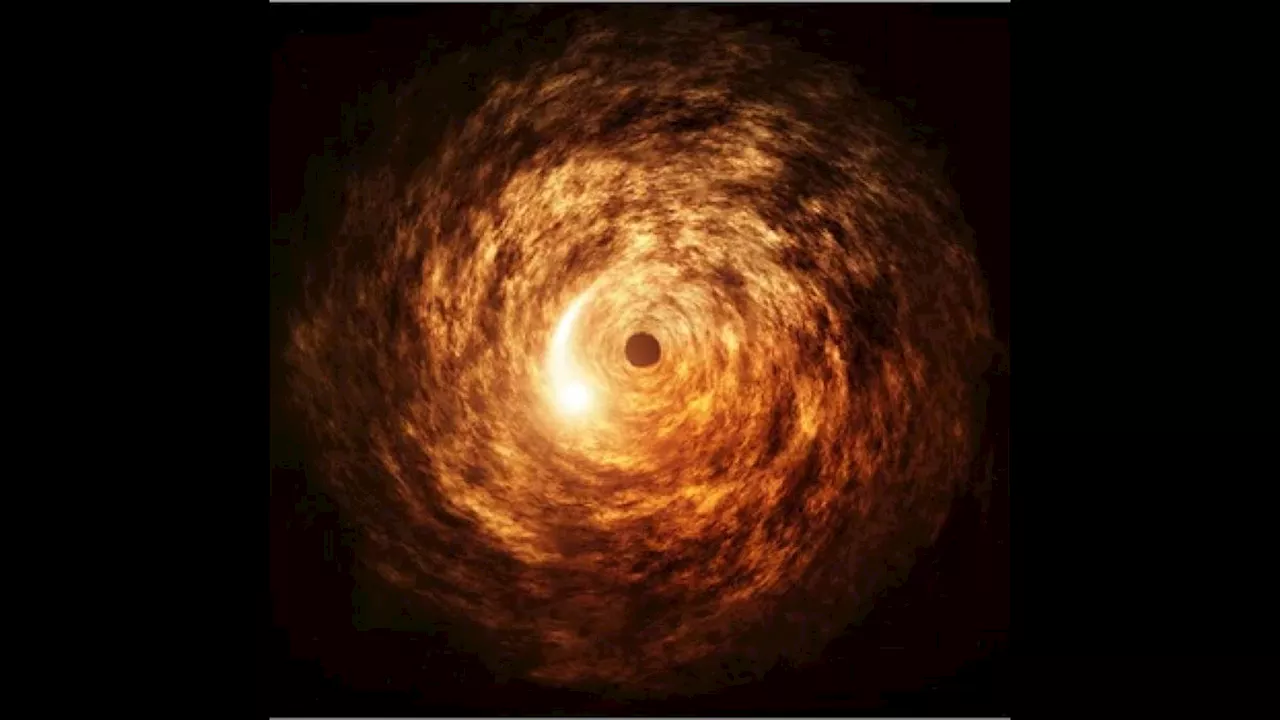Stephanie Pappas is a contributing writer for Live Science, covering topics ranging from geoscience to archaeology to the human brain and behavior.
The ultimate action-packed science and technology magazine bursting with exciting information about the universeEngaging articles, amazing illustrations & exclusive interviewsSagittarius A* is 4 million times the mass of the sun and sits 26,000 light-years away from Earth, according to. Simulations hint that flares happen when two magnetic field lines connect, releasing a burst of energy, researchers from the Max Planck Institute for Radio Astronomy in Germany said in a statement.
Until recently, though, astronomers had only observed these flares in short-wave visible light and long-wave radio singles — not in the middle part of the electromagnetic spectrum. "For over 20 years, we've known what happens in the radio and what happens in the near infrared, but the connection between them was never 100% clear or certain," study co-lead authorBut now, the JWST can detect this mid-infrared region — the part of the spectrum humans experience as heat. The space telescope orbits the sun nearly a million miles from Earth and has been making observations from that vantage point since 2022.
Artist’s conception of the mid-IR flare in Sgr A* , capturing the variability, or changing intensity, of the flare. The flare, which might be caused by magnetic reconnection, travels around the black hole while the electrons cool to lower energies causing the emission to become brighter at longer wavelengths relative to shorter wavelengths. If humans could see in the Mid-infrared, the flare would appear redder at the end of the flare than at the beginning.
Scientists discover 2 stars dancing around the Milky Way's black hole — and they could point to a type of planet never seen before"While our observations suggest that Sgr A*'s mid-IR emission does indeed result from synchrotron emission from cooling electrons, there's more to understand about magnetic reconnection and the turbulence in Sgr A*'s accretion disk," study co-lead author, a researcher at the Max Planck Institute for Radio Astronomy, said in the statement.
United States Latest News, United States Headlines
Similar News:You can also read news stories similar to this one that we have collected from other news sources.
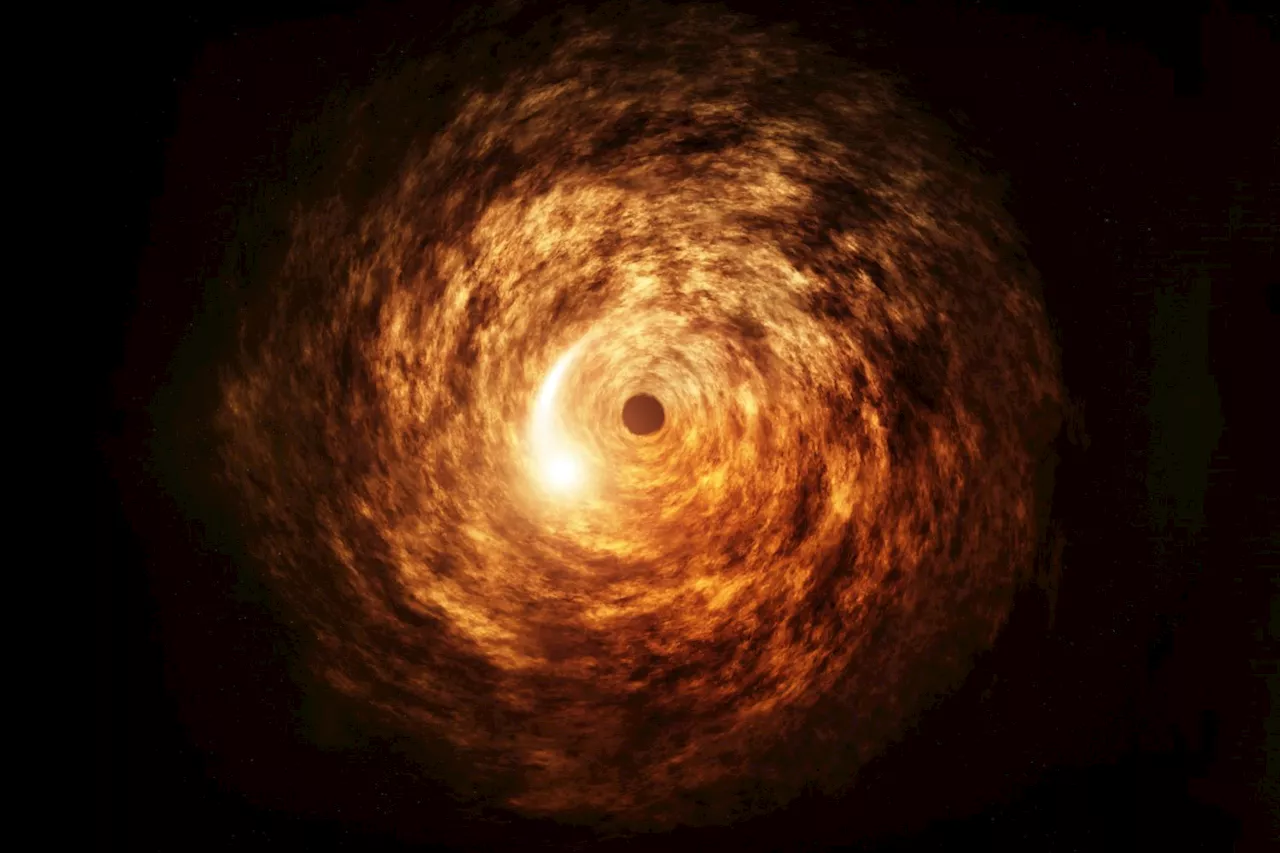 Webb Telescope Reveals New Insights into Milky Way's Black HoleFor the first time, astronomers using the Webb Space Telescope have detected a mid-infrared flare from Sagittarius A*, the supermassive black hole at the heart of the Milky Way. This discovery sheds light on the complex physics driving these energetic outbursts, particularly the role of cooling electrons in the black hole's accretion disk.
Webb Telescope Reveals New Insights into Milky Way's Black HoleFor the first time, astronomers using the Webb Space Telescope have detected a mid-infrared flare from Sagittarius A*, the supermassive black hole at the heart of the Milky Way. This discovery sheds light on the complex physics driving these energetic outbursts, particularly the role of cooling electrons in the black hole's accretion disk.
Read more »
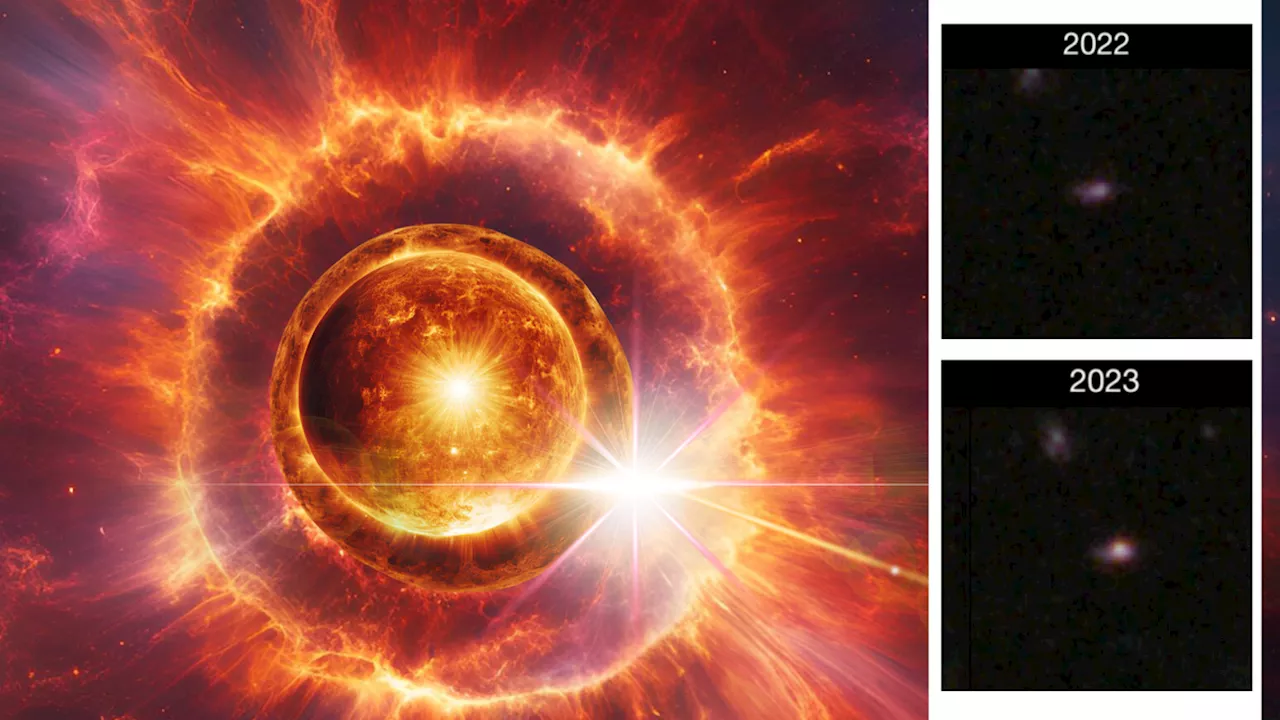 James Webb Space Telescope discovers one of the earliest 'truly gargantuan' supernovas ever seenRobert Lea is a science journalist in the U.K. whose articles have been published in Physics World, New Scientist, Astronomy Magazine, All About Space, Newsweek and ZME Science. He also writes about science communication for Elsevier and the European Journal of Physics. Rob holds a bachelor of science degree in physics and astronomy from the U.K.
James Webb Space Telescope discovers one of the earliest 'truly gargantuan' supernovas ever seenRobert Lea is a science journalist in the U.K. whose articles have been published in Physics World, New Scientist, Astronomy Magazine, All About Space, Newsweek and ZME Science. He also writes about science communication for Elsevier and the European Journal of Physics. Rob holds a bachelor of science degree in physics and astronomy from the U.K.
Read more »
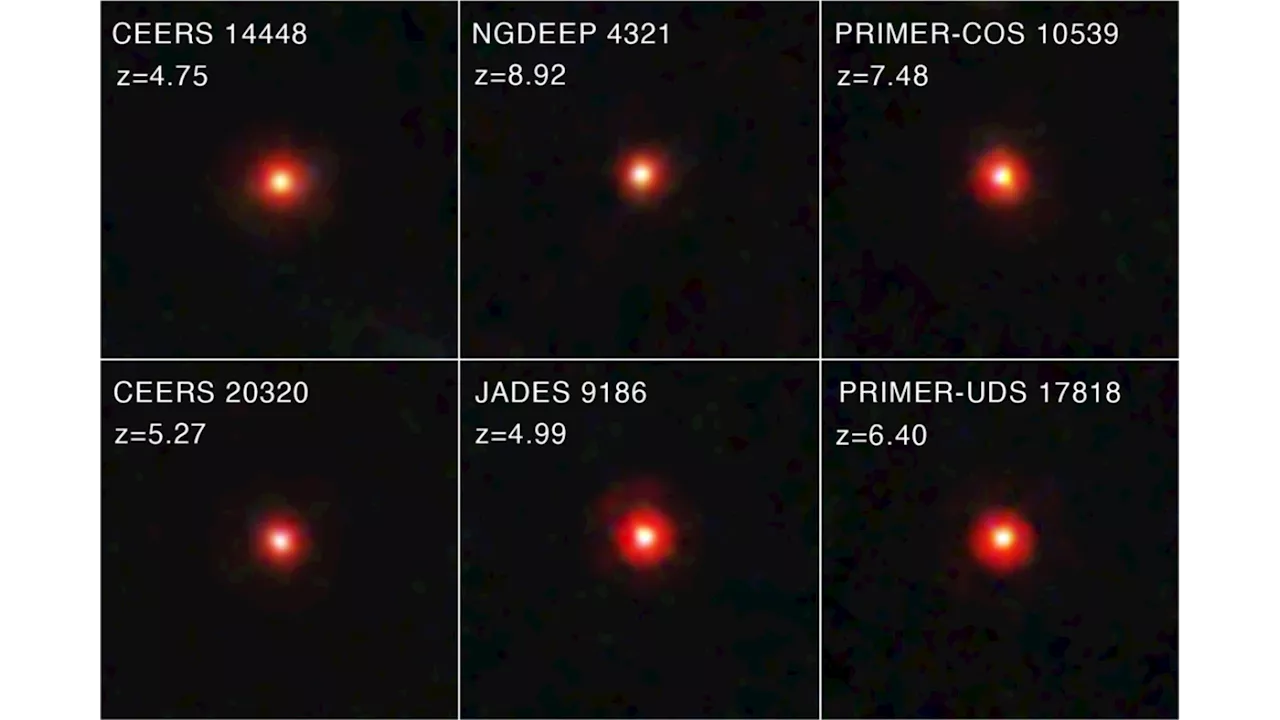 James Webb Telescope Reveals 'Little Red Dots' - Clues to Early Galaxy FormationAstronomers studying data from the James Webb Space Telescope have identified hundreds of intriguing objects called 'little red dots.' These compact, reddish objects appear in the early universe and exhibit unusual light signatures. Analysis suggests they may be the building blocks of galaxies and black holes, offering insights into early universe evolution.
James Webb Telescope Reveals 'Little Red Dots' - Clues to Early Galaxy FormationAstronomers studying data from the James Webb Space Telescope have identified hundreds of intriguing objects called 'little red dots.' These compact, reddish objects appear in the early universe and exhibit unusual light signatures. Analysis suggests they may be the building blocks of galaxies and black holes, offering insights into early universe evolution.
Read more »
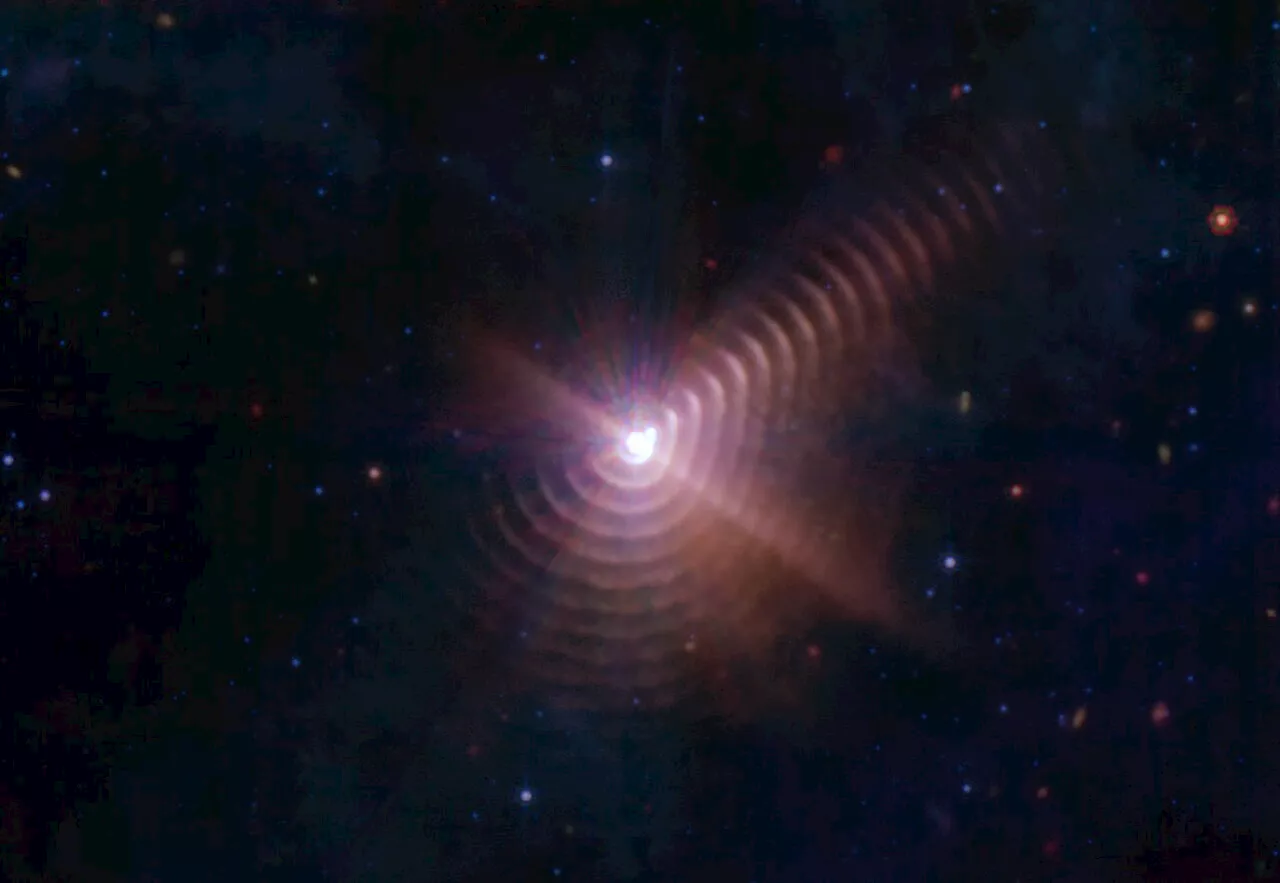 James Webb Telescope Captures Rapid Expansion of Dust Rings Around Wolf-Rayet BinaryThe James Webb Space Telescope (JWST) has captured stunning images of the binary star system Wolf-Rayet 140, revealing the rapid expansion of concentric rings of carbon-rich dust. This unique system, with its predictable dust formation every 7.93 years, allows astronomers to observe changes in the dust shells on a timescale of just a few years. This groundbreaking observation sheds light on the processes of dust formation and the role of Wolf-Rayet stars in enriching the interstellar medium.
James Webb Telescope Captures Rapid Expansion of Dust Rings Around Wolf-Rayet BinaryThe James Webb Space Telescope (JWST) has captured stunning images of the binary star system Wolf-Rayet 140, revealing the rapid expansion of concentric rings of carbon-rich dust. This unique system, with its predictable dust formation every 7.93 years, allows astronomers to observe changes in the dust shells on a timescale of just a few years. This groundbreaking observation sheds light on the processes of dust formation and the role of Wolf-Rayet stars in enriching the interstellar medium.
Read more »
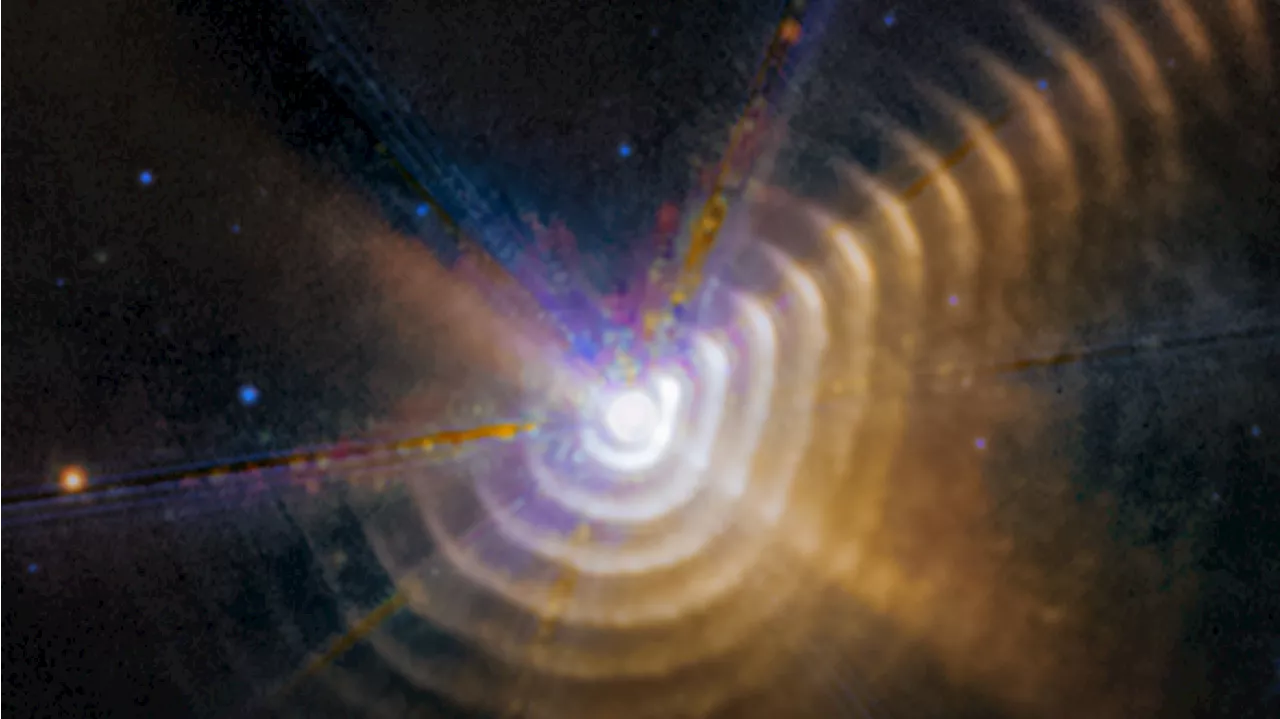 James Webb Space Telescope watches planet-forming dust shells zooming through spaceKeith Cooper is a freelance science journalist and editor in the United Kingdom, and has a degree in physics and astrophysics from the University of Manchester.
James Webb Space Telescope watches planet-forming dust shells zooming through spaceKeith Cooper is a freelance science journalist and editor in the United Kingdom, and has a degree in physics and astrophysics from the University of Manchester.
Read more »
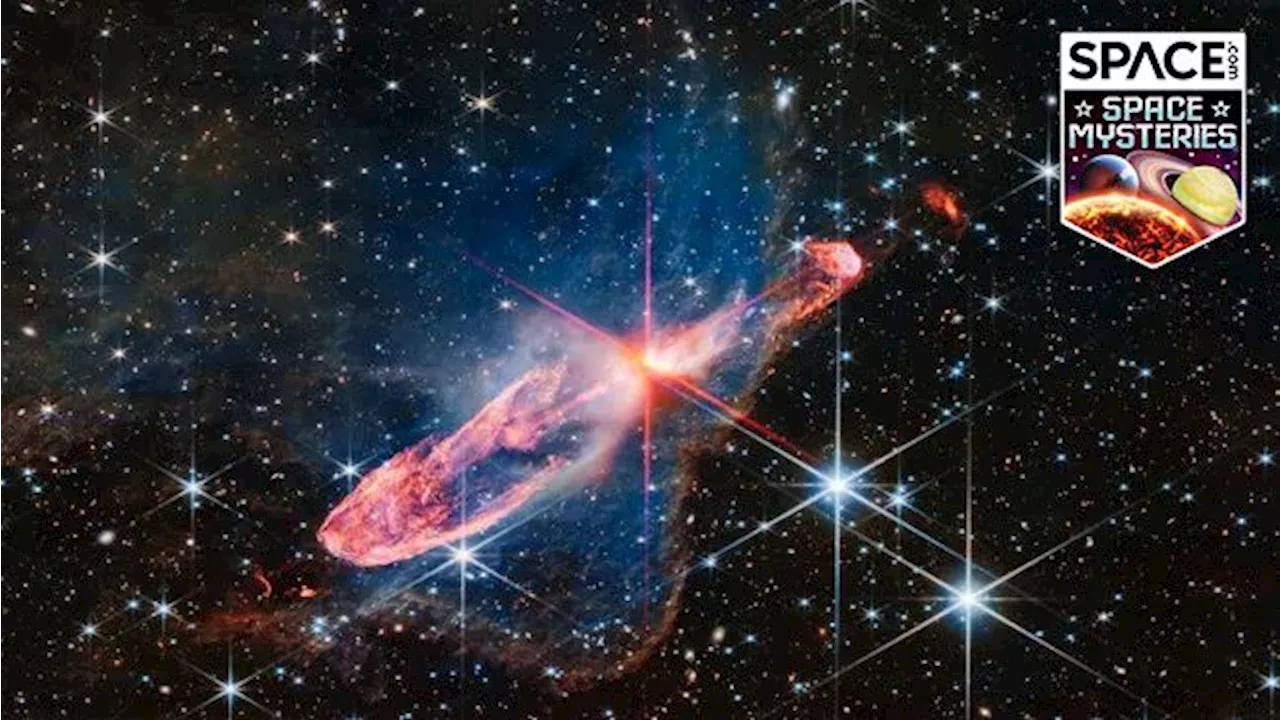 NASA's James Webb Telescope Captures Vibrant Colors of Star FormationExplore the stunning images captured by NASA's James Webb Space Telescope, showcasing the vibrant colors of star formation in a newly discovered pair of stars. Learn how scientists translate infrared data into captivating visuals and the reasons behind the unique color palettes.
NASA's James Webb Telescope Captures Vibrant Colors of Star FormationExplore the stunning images captured by NASA's James Webb Space Telescope, showcasing the vibrant colors of star formation in a newly discovered pair of stars. Learn how scientists translate infrared data into captivating visuals and the reasons behind the unique color palettes.
Read more »
